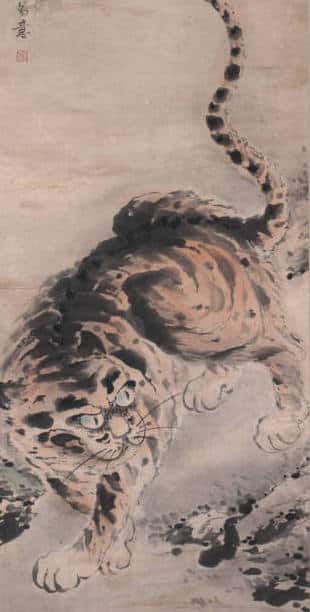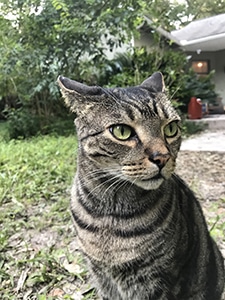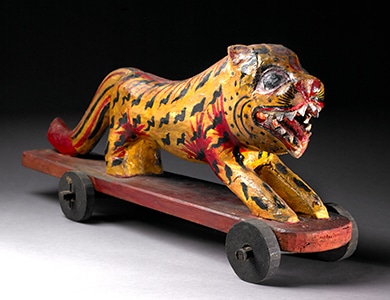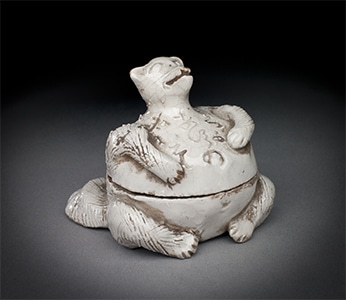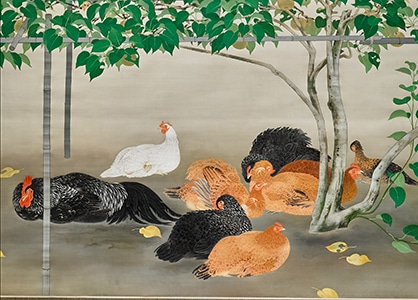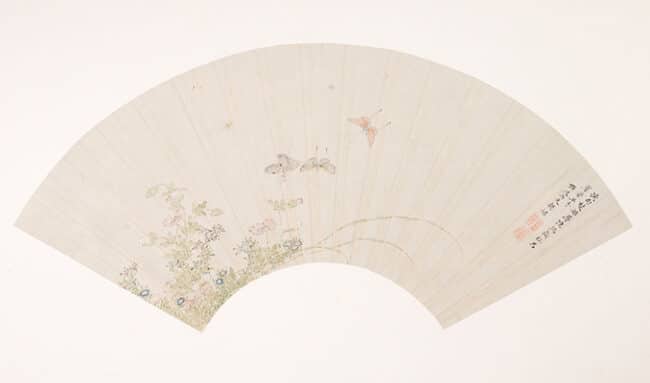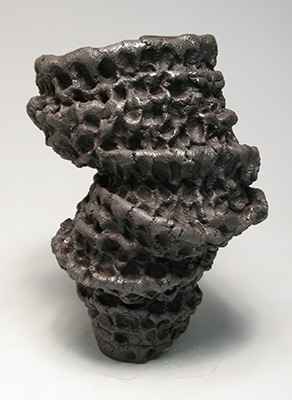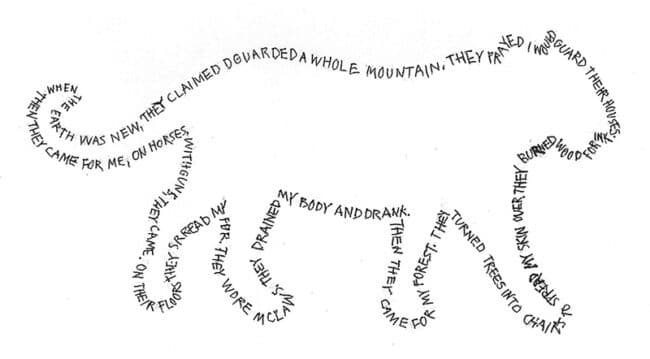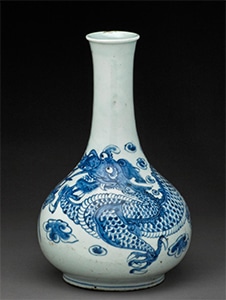
Dragons have long been revered as auspicious creatures that ward off disasters and evil spirits. As symbols of the divine power, dragons were frequently used to decorate the thrones and robes of Asian emperors. Associated with water and agriculture, it is still common today to hang images of dragons during the lunar New Year celebrations to ensure a good harvest.
Dragon mythology originated in ancient China and the founder of Chinese civilization was said to be half-man, half-dragon. Because of this legend, iconography of dragons in Asia shows differences in relation to that point of origin. Dragons in China are typically shown with five toes whereas the dragons from farther away have fewer toes (four toes and three toes in Japanese and Korean art).


